Sleep in Style: The Ultimate Guide to Finding Your Ideal Bedroom Size
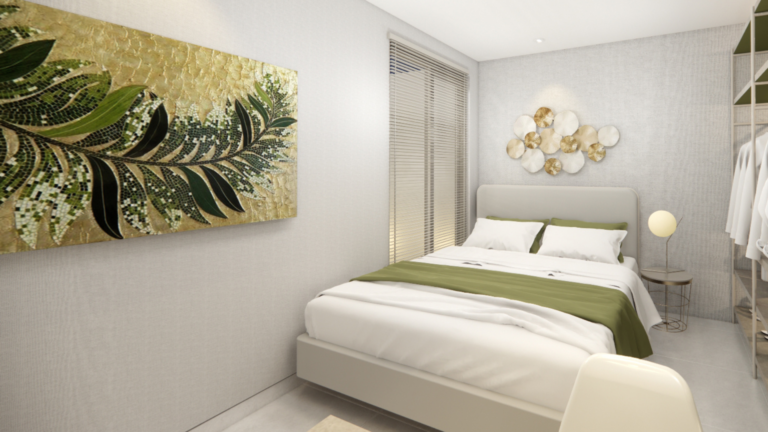
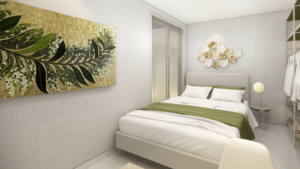
Are you tired of feeling cramped and uncomfortable in your own bedroom? Your bedroom should be your sanctuary, a place where you can unwind, relax, and get a good night's sleep. But, did you know that the size of your bedroom plays a crucial role in the quality of your sleep and overall well-being? That's right! Having an ideal bedroom size is essential for creating a comfortable and restful sleep environment. In this blog post, we'll explore the recommended bedroom sizes, whether you're a single individual or a couple or even a family, and share tips on maximizing space in smaller rooms. So, get ready to transform your bedroom into a stylish and comfortable retreat that you'll love spending time in!
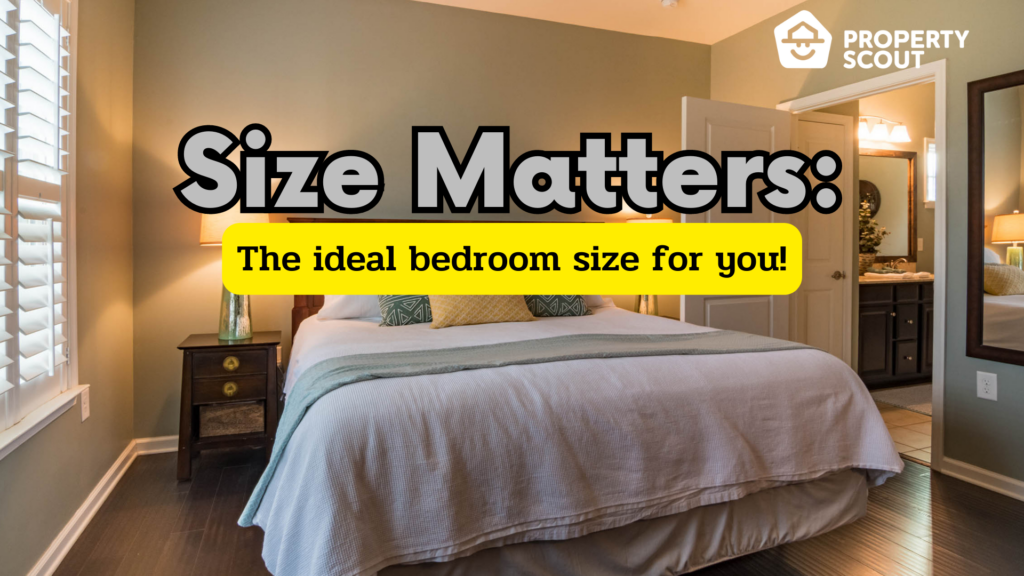
**Please keep in mind that when it comes to decorating your bedroom, the choices you make are entirely subjective and up to your personal preferences. While we may provide recommendations for furniture selection and arrangements, feel free to take artistic liberties and make choices that make you feel most comfortable and happy in your space. Ultimately, your bedroom should reflect your unique style and personality.
Ideal Bedroom Size for Single Individuals

As a single individual, having a comfortable and functional bedroom space is crucial for a good night's sleep. However, finding the ideal bedroom size can be challenging. A room that's too small can feel cramped, while a space that's too large can feel empty and unwelcoming. The recommended size for a single bedroom is around 6.5 to 9 square meters, providing ample space for one person and at least one small child. Factors to consider include storage needs, personal preferences, and potential additional space for a home office or workout area.
For a smaller bedroom, a twin bed or a twin XL-sized bed would be ideal for a single individual. These beds provide enough sleeping space while also leaving enough room for other furniture, such as a dresser or desk, and allowing for easy movement around the room. When designing a single bedroom, furniture arrangement is key. The room should be organized in a way that allows for easy movement, and the bed placement should not be too visible from outside the room. Prioritizing furniture and decor placement that creates an uncluttered and visually appealing space is also essential.
Ideal Bedroom Size for Couples
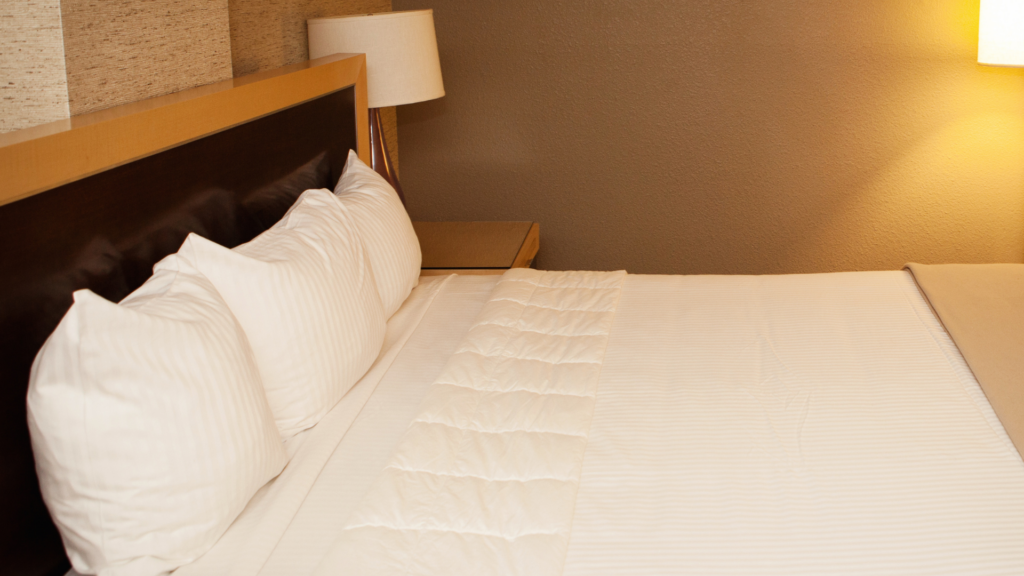
When it comes to bedroom size for couples, having enough space to comfortably accommodate two people and their belongings is essential. The ideal bed size for a couple's bedroom is a queen or king-size bed, providing enough space for two people to sleep comfortably without feeling cramped. Along with the bed, it's important to consider the placement of furniture and storage options to ensure that the space remains organized and uncluttered.
The recommended bedroom size range for a couple's bedroom is between 9 and 12 square meters, which allows for ample space to accommodate a queen or king-size bed, as well as any additional furniture such as dressers, nightstands, and seating areas. It's also important to consider factors such as closet space and natural light when choosing the ideal bedroom size for couples.
Ideal Bedroom Size for Families

When it comes to designing a bedroom for a family, it's important to consider the space needed for parents and children to sleep comfortably. The ideal bed size for a family bedroom depends on the number of family members and their age group. For a family with young children, a queen or king-sized bed is recommended to accommodate parents and kids who may need extra space for nighttime cuddles or storytime. Bunk beds or trundle beds are also great options for children who share a room.
In terms of the recommended bedroom size range for a family bedroom, it's generally recommended to have a minimum of 9.3 square meters or 100 square feet per person. This means that for a family of four, a bedroom size of at least 37 square meters or 400 square feet would be ideal. This allows for enough space for each family member to have their own designated area within the room and to avoid feeling cramped or cluttered.
When designing a family bedroom, it's important to consider storage options to keep the room organized and tidy. A dresser, closet, or storage bed can help maximize space and create a more functional room for the whole family. Additionally, incorporating playful and functional decor such as a reading nook or play area can make the room a fun and inviting space for children.
Why bedroom sizing matters
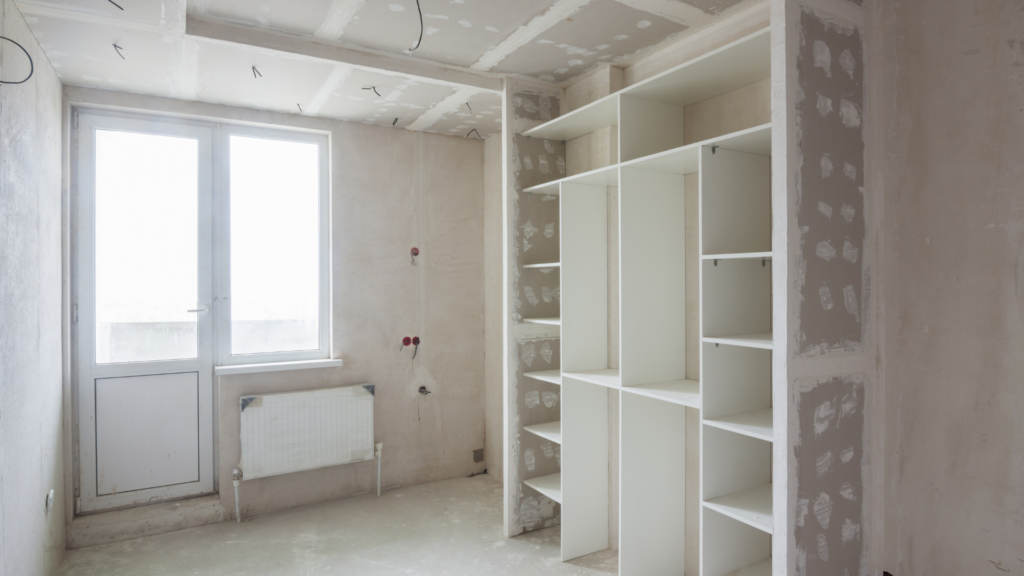
As previously mentioned, having enough space to move around inside the bedroom is crucial to creating a comfortable and functional space. bedroom that is too small can make you feel cramped and claustrophobic (particularly for bedrooms with more than two occupants), while a room that is too large can make you feel disconnected and lonely (particularly for single individuals). This not only makes it easier to navigate the room but also allows for better organization and storage of your belongings. Additionally, the right bedroom size can positively impact your sleep quality, mood, and overall well-being.
Tips to maximize space for a smaller bedroom
Living in a smaller bedroom can be a challenge, but with a few simple tips and tricks, you can make the most out of the available space. From clever storage solutions to strategic furniture placement, there are plenty of ways to maximize space in a smaller bedroom. In this section, we'll share some tips to help you create a functional and comfortable space, even in a smaller room.
Challenges of having a small bedroom
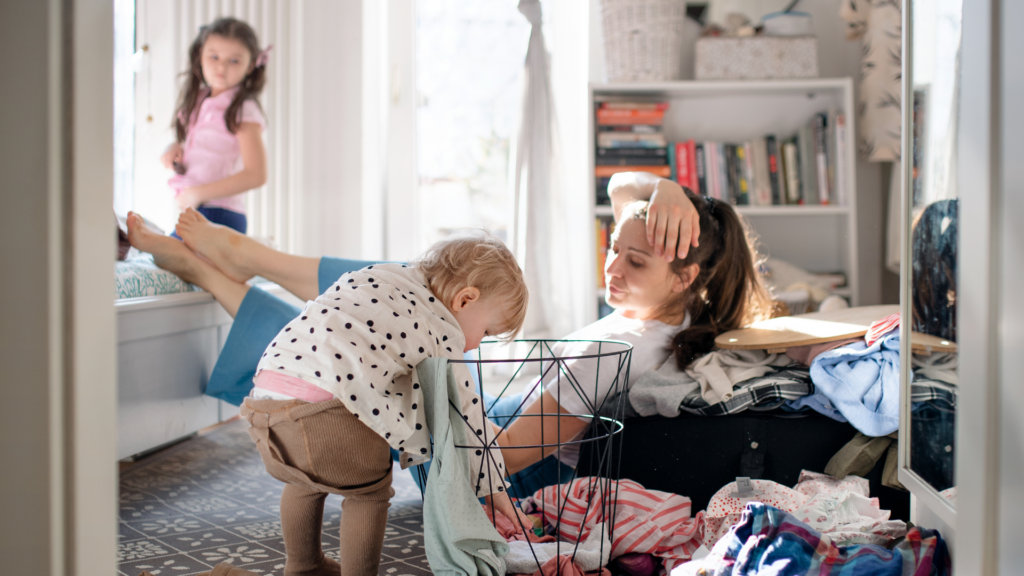
When it comes to designing a smaller bedroom, there can be several challenges that need to be addressed. These challenges may include finding enough storage space, making the room feel comfortable and inviting, and ensuring that there is enough room to move around without feeling cramped. Additionally, smaller bedrooms can be challenging to decorate and arrange furniture in, which can lead to a cluttered or unbalanced look if not done correctly. However, with the right tips and tricks, it is possible to overcome these challenges and create a beautiful and functional space even in a smaller bedroom.
Utilize Vertical Space
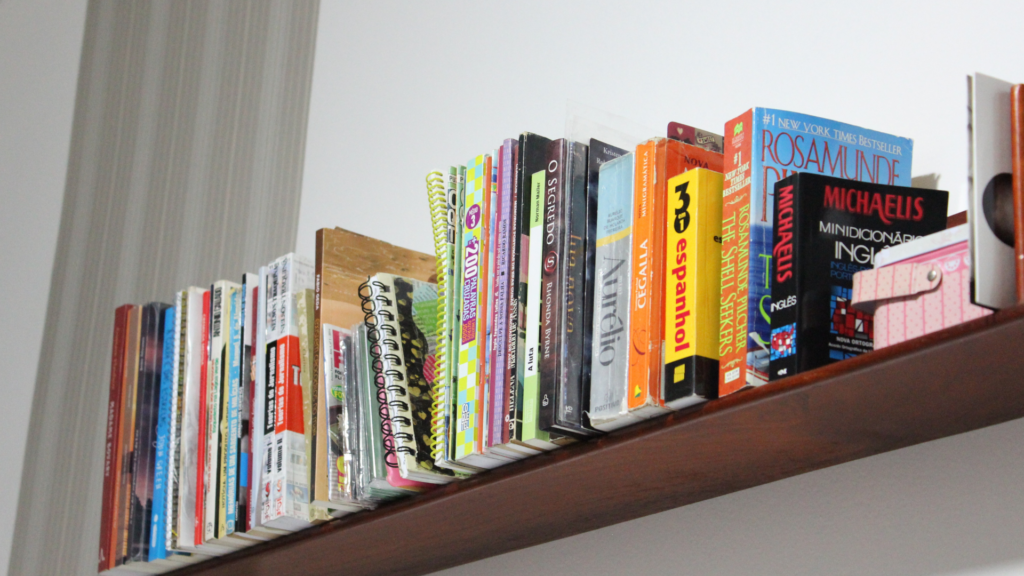
When it comes to maximizing space in a small bedroom, it's important to think beyond just the floor space. Utilizing vertical space can greatly expand storage options and help keep the room organized. One great way to do this is by installing wall shelves or bookcases, which can hold books, decorative items, and even clothing. Hanging organizers such as shoe racks, jewelry holders, and closet systems can also free up floor space and provide additional storage options. By taking advantage of the walls, you can maximize space in a small bedroom without sacrificing style or comfort.
Use Versatile Furniture
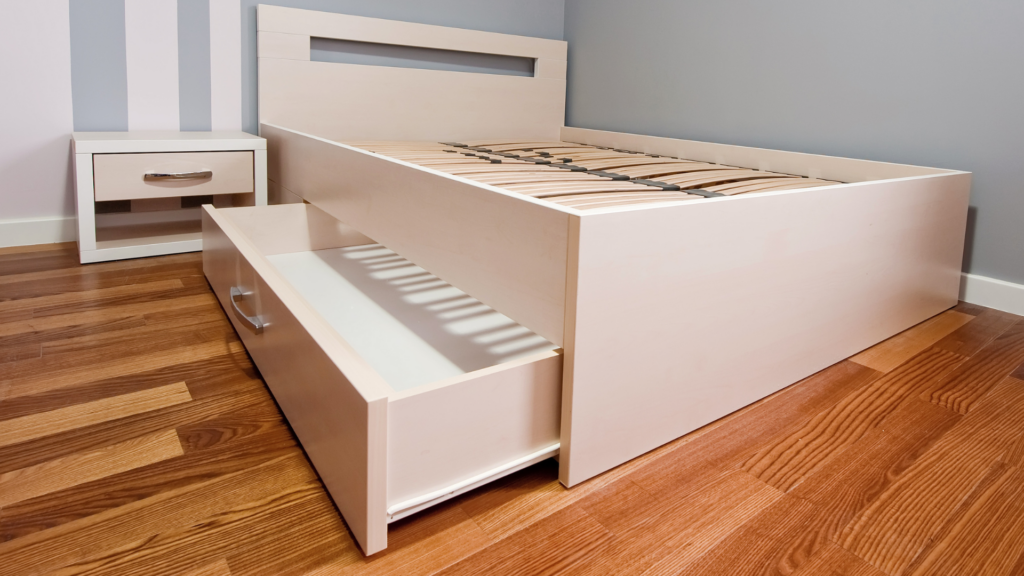
When it comes to a small bedroom, choosing versatile furniture is crucial to maximize space. Versatile furniture can serve multiple purposes, allowing you to save space and reduce clutter. One great example is a bed with storage drawers underneath, providing extra storage space for clothing, shoes, or bedding. Another option is a foldable desk or table that can be easily stored away when not in use.
Another versatile furniture option is a closet with multiple storage compartments, such as shelves, hanging space, and drawers. You can also add hooks or a hanging organizer on the inside of the closet door to keep small items organized and easily accessible.
When choosing furniture, consider how it can serve multiple purposes and if it can provide additional storage space. By selecting versatile furniture, you can make the most of your small bedroom and keep it organized and functional.
Use bright colors
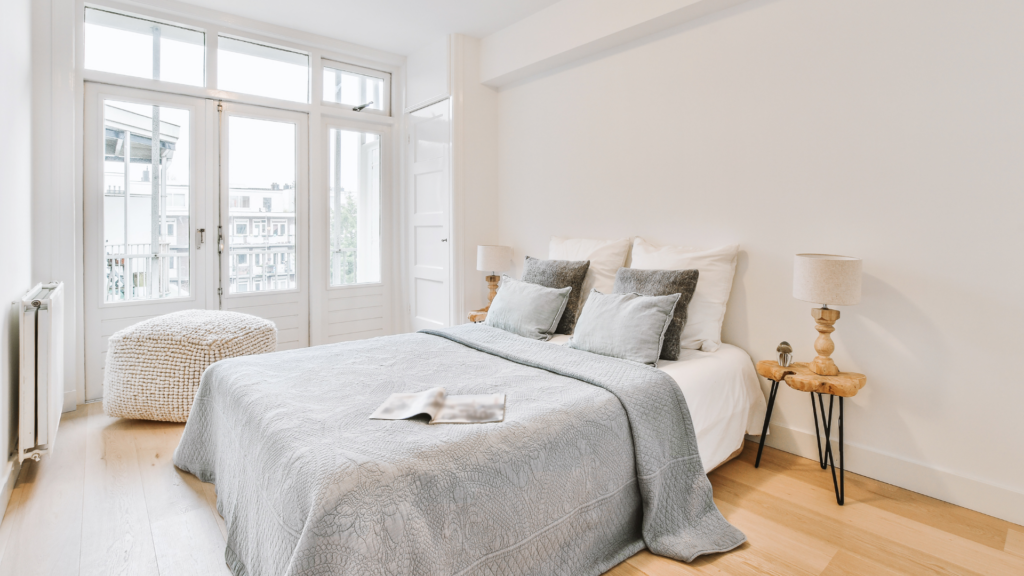
Using bright colors is an effective way to visually open up a small bedroom and make it feel more spacious. Lighter shades of colors such as white, cream, and pastels can make a room feel brighter and airier. Using a monochromatic color scheme can also create a cohesive and visually pleasing space. Additionally, incorporating pops of bright colors through decor or accent pieces can add interest and personality to the room while still maintaining a spacious feel. However, it's important not to overdo it with too many bright colors, as this can create a cluttered and overwhelming atmosphere.
Create Spatial Illusion with Mirrors
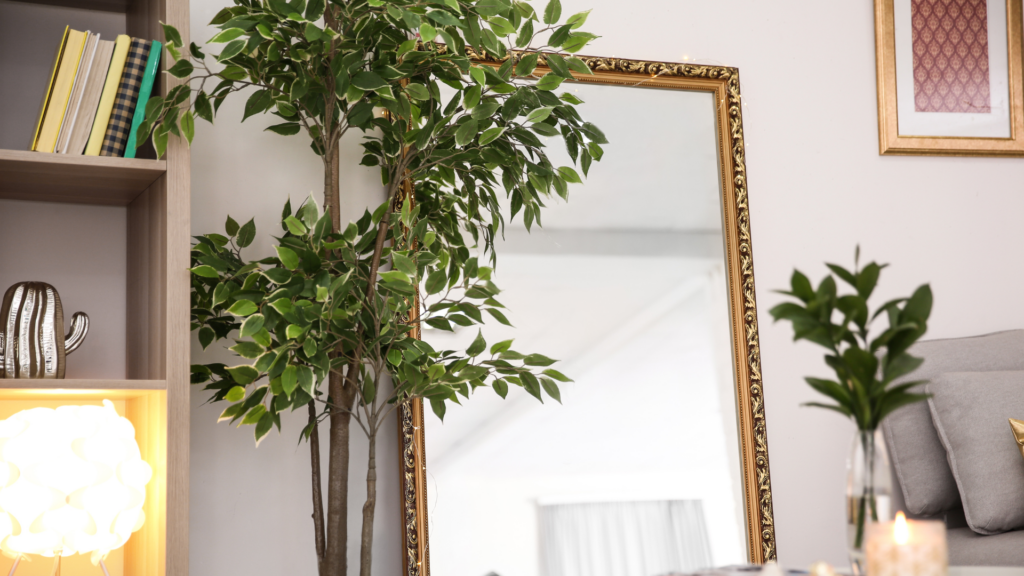
Mirrors are a great way to create an illusion of space in a small bedroom. They reflect light, making the room feel brighter and more open. You can use a large mirror as a statement piece on one of the walls, or add multiple smaller mirrors to create an interesting focal point. Additionally, you can strategically place mirrors to reflect natural light, which will make the room feel even more spacious. For example, you can place a mirror opposite a window to reflect the view and natural light. You can also try placing a mirror behind a piece of furniture to create the illusion of depth and make the room feel larger.
Conclusion
In conclusion, finding the ideal bedroom size is crucial for creating a comfortable and functional space for sleep and relaxation. Whether you're a single individual, a couple, or a family, there are a variety of factors to consider when determining the right size for your bedroom. From the size of your bed to the amount of storage space you need, it's important to create a space that is both practical and visually appealing. By following the tips we've shared in this guide, you can maximize the space in your smaller bedroom and create an inviting space that meets your needs. Remember, your bedroom is your sanctuary, and finding the right size and layout can make all the difference in getting a good night's sleep and waking up feeling refreshed and ready to take on the day.
Find your ideal property, available for sale or rent in the best prices possible, or list your property for sale or rent here. Alternatively, if you have any further questions, please get in touch with us:



